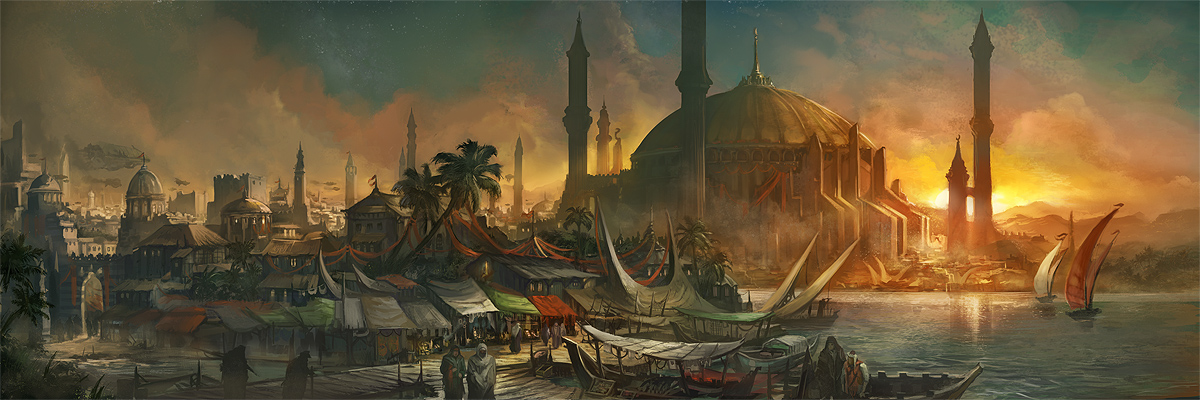Tamanhāmi
A Case of Buried Treasure
There once was an entirely too wealthy man named Aslani, who lived in a villa on the hill overlooking the bustling port town. Aslani was a great explorer who claimed to have found his wealth in the city of gold in the jungles of central Cuyania. They say his villa was filled to the brim with rare artifacts, golden statues, and bags of coins from across the world. And then he disappeared. They say a Cuyanian shaman tracked him all the way back to Hosquerre and placed a curse on him for stealing heir idol. They say he had a passionate romance with a dancer and had to leave town in a hurry after her fiance found out. They say he sailed away for one last adventure and his ship was devoured by a leviathan. But really, no one cared about the man. What they care about is the treasure, and the fact that three months after his last appearance in town, authorities visited his home to find it empty. Every item of value was missing, every painting carefully pulled off from the walls. Even his vault was emptied, the lock showing no sign of forced entry. The theory was that Aslani knew he would be gone for a while, and hid his fortune somewhere in the area rather than let it sit unguarded in his home. It had to be in the area, because no one could travel far with that much gold undetected. Aslani disappeared a little over 100 years ago, and so far his fate and his fortune remains a mystery. 30 years ago, a golden coin from an unknown foreign location was found in a river bank just outside of town, re-igniting the area's interest in the lost treasure. Somewhere nearby, prosperty lurked; they just had to find it.Tamanhāmi, the International Port
If you want to do business in Hosquerre, there are only three places where you are allowed to enter the country. Those coming from the east go through Vazamcho at the mountain pass, from the north through Tôzhfrul, and by sea, in Tamanhāmi. Though other cities along the coast have ports, only Tamanhāmi accepts foreign vessels. Those vessels must dock at Hāmi island to clear customs before merchants are allowed to cross the bridge to the mainland. Once crossing to the mainland, they find themselves in a large city sprawled around the mouth of the Hosque River. It's especially busy during the mid-autumn festival, as Tamanhāmi hosts the largest one in Hosquerre and visitors come from all over to participate.Demographics
This city is not as diverse as other cities of its size due to Hosquerre's isolationism. 80% of the population is ethnically Hosque, 14% is Foui, 5% is Tauraise, and only 1% is any other foreign identity.


